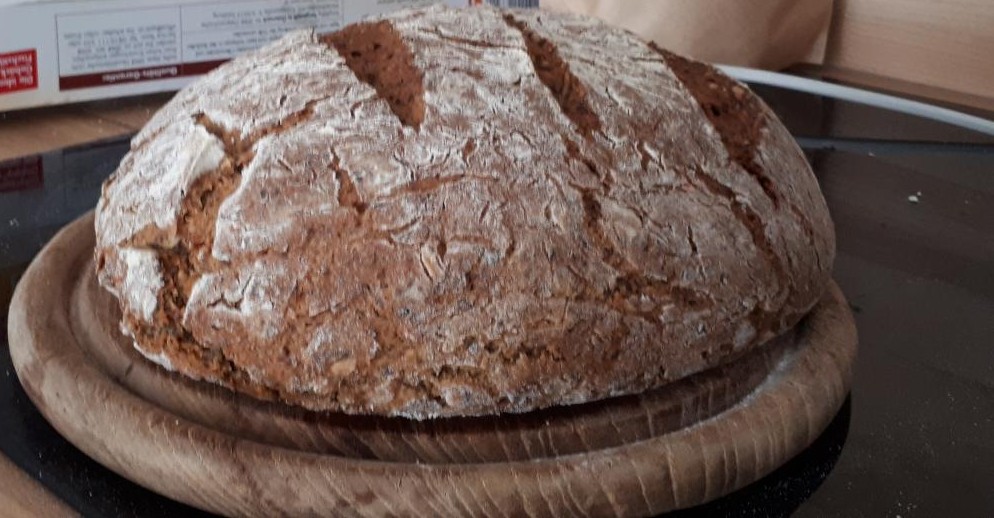I bought some very cheap enameled steel (not cast iron, stamped steel) pots, for cooking pasta and potatoes and such.
Background: After I dropped my decades old stainless steel pasta pot and the plastic handle broke off, I got some cheap IKEA so-called “stainless steel”, which is chrome-free, and it rusted (do not recommend). So I’m trying enameled steel since it’s cheap and cannot rust (well except the rims which just have some chromed steel crimped on I guess). Only 40 € for four pots in different sizes.
I can boil water on the electric stove at full blast, and that hasn’t broken them, but I also have a super powerful mini induction hob, and that’s like 10x faster and I’m afraid to try that in case it might shatter or warp.
Theoretically they’re great for cooking liquids because they’re not reactive, thin, light and good on induction but I’m kind of afraid of breaking them. Enameled steel used to be a thing here in Germany but pretty rare now. It seems to be almost unheard of in the US, but maybe some people on here from around the world have some experience about what sort of abuse these pots should be able to take.
I have a whole bunch of those enameled pots. They work great for potatoes, pasta and such. I have a very nice all clad set, and still use my enameled pots, and my turkey roaster is also enameled. I got most of my set from my gram when she passed earlier this year, so they also have sentimental value too. Bonus!
That’s encouraging, thanks. Any opinion on putting this on a 2100 W induction plate (with water in it)?
Sorry no, I’ve never used an induction plate. I would just keep an eye on it while you cook something experimental. 😎
Like those clay-lined dutch ovens? I love those things!
Those dutch ovens are usually cast iron, so much thicker and cast (poured into a sand mold) and not pressed into shape from a sheet of steel, like the pots I’m talking about. Both get enameled with some kind of glass. I think that process is similar to glazing clay/porcelain, but there’s no clay involved here.
think the biggest issue is to be wary of how you clean them so as not to wear away the enamel. can def use all kinds of soap but be cautious of scrubbing too aggressively w anything abrasive like steel wool or nylon/scotchbrite etc…
My barely informed understanding of the “legally distinct enough from teflon that we don’t have to call it teflon” coatings is that they are still too understudied for us to know if they are bad. Much like using silicone instead of plastic it’s less that they are known to be safe as we don’t explicitly know they are unsafe.
I’ve been sticking with stainless steel because I find it’s pretty easy to avoid things sticking with proper technique and I can’t be bothered keeping up with which cookware is going to kill me. Your post seems to imply that chrome is bad now? I’m not even sure if my stuff has chrome in it, maybe I don’t wanna know and just embrace being slowly poisoned at this point.
Enamel cookware is over a century old. The only real danger is the potential trace amounts of lead or cadmium in old examples, or modern ones made by companies with poor safety standards.





